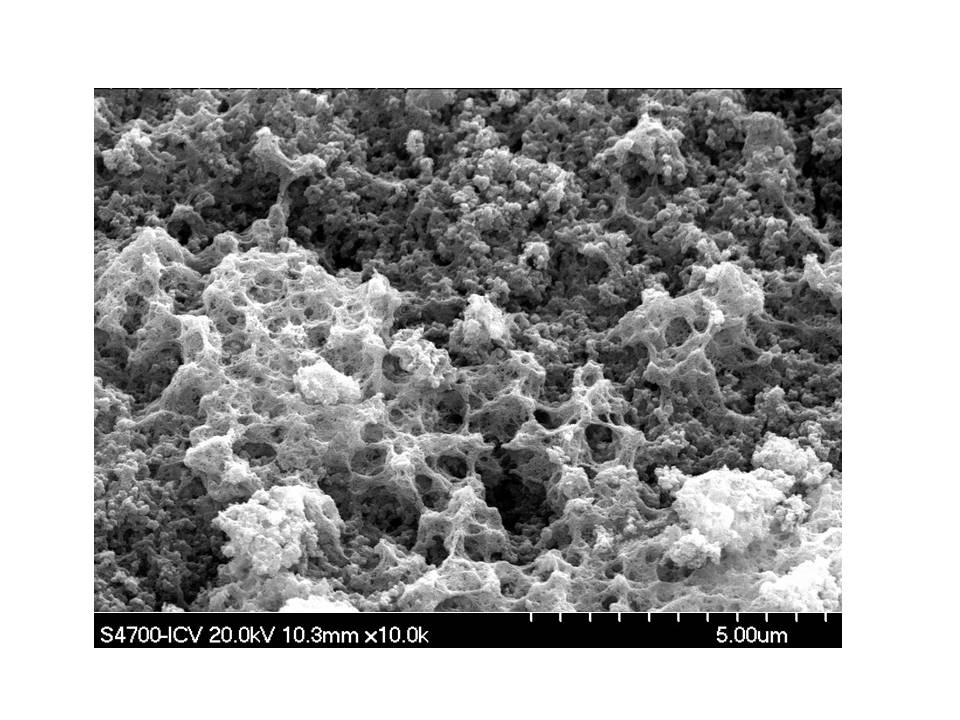Through the sol-gel process biocompatible, bioactive and biodegradable materials were developed to be applied in tissue engineering as bone tissue regenerators. For this, hybrid materials / hydroxyapatite (HA) have been developed; the hybrid materials are formed of tetraethylsilicate (TEOS), tiethylphosphate (TEP) and polydimethylsiloxane (PDMS) in ratios TEOS / TEP + PDMS 35/60 + 5. The final materials have been developed with the following ratios in hybrid material weight / HA: 100/0, 0.5, 1, 3 and 5. These materials were heat treated (300, 500, 700, 900, 1000 and 1200 ºC) in two different atmospheres (air and ammonia). The differences were studied by X-ray diffraction, infrared and Raman spectroscopy and the microstructural variation was studied by means of mercury porosimetry, nitrogen adsorption and scanning electron microscopy. Finally, the evaluation of their biological activity and degradability was carried out by immersing the materials in phosphate buffer solution (SBF) and simulated body fluid (FCS), studying the changes for 1, 3, 5, 7, 14, 21 and 28 days.





